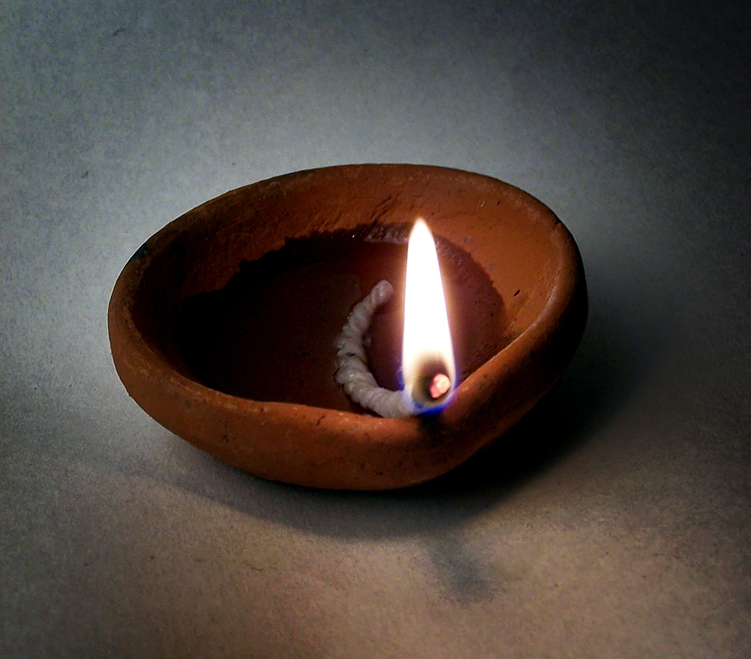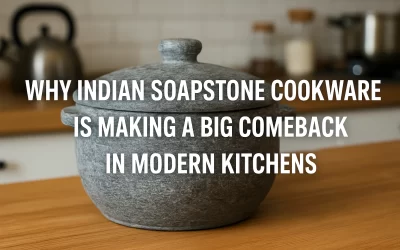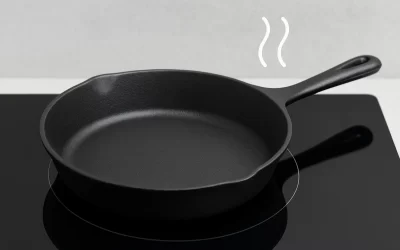Introduction to Agal Vilakku: A Cultural and Spiritual Symbol

The Agal Vilakku, often simply called a clay diya or lamp, is a deeply revered symbol in South Indian culture. Especially during festivals like Deepavali and Karthigai Deepam, these earthen lamps are lit in homes and temples to signify purity, enlightenment, and victory of light over darkness.
But while the warm glow of an Agal Vilakku invokes devotion and peace, its journey from mud to market is rarely questioned. The hidden cost of Agal Vilakku goes far beyond its price tag—touching on environmental, social, and health issues that most shoppers don’t even know exist.
Understanding these hidden implications is not just about being a conscious consumer—it’s about respecting the traditions in their truest essence.
The Historical Roots of Agal Vilakku in South Indian Tradition
Traditionally, the Agal Vilakku was handmade by skilled potters using locally sourced clay. It was a symbol of sacred domestic life, often reused year after year. Over time, however, commercial demand has turned this spiritual symbol into a mass-produced commodity.traditional kitchen cookware India.
Today, most vilakkus are made rapidly using molds, synthetic paints, and sometimes even toxic dyes to enhance their appearance. While the essence of tradition remains, the means of production have changed drastically.
How Agal Vilakku Became a Commercial Product
The commercialization of Agal Vilakku began as urbanization surged and more families moved away from traditional potters. With demand peaking during festive seasons, manufacturers saw a golden opportunity.
Large-scale production replaced handcrafted art. Colorful, often gaudy versions of the diya began flooding markets. Unfortunately, this transformation didn’t benefit traditional artisans but instead fueled a market driven by volume, not values.
Material Composition: What Goes Into Making Agal Vilakkus?
While they may look innocent, many mass-produced Agal Vilakkus contain harmful components. Let’s take a closer look.
Chemical Additives in Decorative Diyas
To make them more appealing, many diyas are painted with synthetic colors, which can include lead, arsenic, and other harmful substances. When burned, these paints release fumes that pose health risks to both humans and pets.
Environmental Impact: What Happens After the Festival?
The environmental cost of Agal Vilakku is among the most overlooked issues.
Waste Generation and Landfill Overflow
After festivals, tons of broken and discarded diyas end up in landfills. Since many of these are painted with non-biodegradable materials, they don’t break down naturally.
Non-biodegradable Paints and Varnishes
The paints used to decorate diyas can seep into the soil and water, causing long-term ecological damage.
Economic Exploitation: Who Really Benefits?
The Plight of Local Artisans
Local potters often receive a fraction of the final retail price. Many are abandoning the craft due to poor returns.
Middlemen and Markup Profits
The bulk of the profit goes to retailers and middlemen who capitalize on festive demand, leaving the actual creators with barely sustainable earnings.
Unfair Labor Practices in Mass Production
Child Labor and Unsafe Working Conditions
In poorly regulated industries, children are often employed to paint or mold diyas in cramped, unsafe workshops.
Low Wages and Long Hours
Even adult workers are frequently underpaid, with minimal breaks and no healthcare support.
Health Hazards Linked to Low-Quality Agal Vilakkus
Toxic Fumes from Painted Diyas
Burning painted diyas indoors can lead to indoor air pollution, causing respiratory problems.
Allergic Reactions from Synthetic Materials
People with sensitive skin or respiratory conditions may react negatively to the chemicals used in these products.
Religious Significance vs. Market Pressure
The original intention of Agal Vilakku was to purify and enlighten—not to pollute or exploit. Yet, the rush to meet market demand often overshadows this sacred essence.
Better Alternatives: Eco-Friendly and Ethically Made Vilakkus
Brands Supporting Local Communities
Some ethical brands partner directly with artisan communities to ensure fair wages and environmentally sound practices.
DIY Agal Vilakku Kits and Workshops
DIY kits are gaining popularity, allowing families to create their own lamps and understand their cultural value.
Government Regulations and the Lack of Oversight
Despite the potential hazards, there’s minimal regulation on the production and sale of diyas in many parts of India. Stronger policies are urgently needed to ensure ethical practices.
Consumer Awareness: What Shoppers Can Do Differently
Checklist Before Buying an Agal Vilakku
- Is it handmade or mass-produced?
- What materials are used?
- Are artisans fairly compensated?
Supporting Fair Trade and Ethical Markets
Look for brands with certifications or community-based production models. Vote with your wallet.
FAQs about Agal Vilakku and Its Impact
1. Are all painted diyas toxic?
Not all, but many use low-cost, non-certified paints that may be harmful when burned.
2. How can I identify eco-friendly diyas?
Look for labels like “natural clay,” “handmade,” or “non-toxic paints.” Ask vendors directly if unsure.
3. Why are artisan-made diyas more expensive?
Because they reflect fair wages, safe work conditions, and higher-quality materials.
4. Can I reuse Agal Vilakkus every year?
Yes, especially if they’re made from durable materials like brass or terracotta.
5. What’s the safest way to dispose of diyas?
Clay diyas can be composted; painted ones should be discarded carefully in non-biodegradable waste.
6. Are there any eco-certifications to look for?
Yes, certifications like “Fair Trade,” “Craftmark,” or “Eco-Label” indicate ethical production.
Conclusion: Choosing Mindfully Beyond the Glow
The humble Agal Vilakku is more than a festive light—it’s a symbol of inner illumination. But in our quest for beauty and convenience, we’ve drifted from its true spirit. By understanding the hidden costs—environmental degradation, economic inequality, and health risks—we can make more informed, respectful choices.





0 Comments